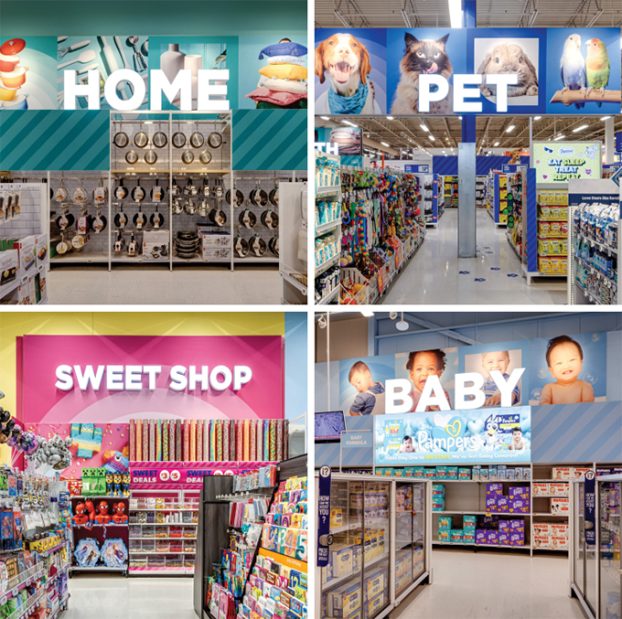Higher costs, especially for groceries, are driving Canadians to tighten their belts when it comes to discretionary spending, but unique experiences when drinking and dining out are helping us avoid becoming an entirely miserly bunch.
Food-related categories took up the majority of Canadians’ dollars in 2015, causing consumers to be more prudent when it comes to other discretionary spending like travel, leisure and entertainment, according to the new Canadian Lifestyles report from Mintel. Overall, 73% have cut back on non-essential spending.
In-home food is the area where Canadians were most likely to spend more (a 3.7% increase in sales last year over 2014, for a total of $90.4 billion), mainly because of inflation. That’s also causing shoppers to move towards discounted goods, Mintel says.
Consumers also say they’re cutting back on alcohol outside of the home, with 38% reporting spending less. Still, in 2015, alcoholic drinks purchased at foodservice locations represented a combined value of $10 billion or 31% of total alcoholic beverage sales, according to Mintel. “Despite the comparatively soft growth in on-premise alcohol sales (1% 2014-15), the industry has made strides in upping their game by creating unique experiences at casual dining restaurants,” it reports.
Dining out, especially at QSRs, is still a top category for where Canadians spend after essentials have been paid. In fact, the dining out market grew 4.1% to reach $53.5 billion in 2015, and 64% cite their reasoning for going out as viewing it as a “treat.” It’s also considered a convenience, with parents being the heaviest users of takeout and delivery.
“Menus are offering pairing suggestions and samplers to provide beer and spirits enthusiasts the opportunity to explore new varieties and enhance the dining experience. In fact, over half of consumers say they like to try different types of beers (58%) and drink wine to enhance a meal (55%).”
Thirty-three percent of Canadians say they’ve spent less on leisure and entertainment categories. The category did grow 1.4% from 2010 to 2015, reaching $40.4 billion last year. The slow growth is attributable to only 24% of consumers spending disposable money on entertainment last year, and a similar 22% the year before.
Leisure that allows for experiences, rather than just consuming, appeals most, such as going to the movies (32%) or using a fitness centre (32%). Overall, a third of Canadians participate in such activities at least once per month.
Debt repayment and saving for the future are also priorities, with 37% and 33% respectively listing those as priorities.
Roughly 83% of Canadians say the annual increase in cost of living is concerning, with 58% citing that as the factor with the biggest impact on their financial situation over the past year.
Among millennials, social media and “FOMO” (fear of missing out) is driving growth in the vacation and tourism market, with sales in that category growing 2.8% to reach $39.8 billion in 2015, Mintel notes. While the weak dollar is a factor to overall higher costs, it may help the travel economy, particularly with domestic travel now seen to be more appealing to 73% of Canadian vacationers.
The weak dollar also provides some benefits for clothing, footwear and accessories, which reached $48.3 billion in 2015. More affluent Canadians and Chinese Canadians are playing a particular role in that spending. “Both demographics are today buying locally more and more as Canada has seen an influx of luxury brands opening locations within its borders in the last year,” Mintel reports.
Canucks are cautious about the future with 48% reporting feeling that the economy will be worse off in a year. In addition, 36% say their financial situation is “healthy” and 37% see it as “okay.”
Spending on financial services has also grown 19% over the last five years, reaching $91.4 billion in 2015, driven by the aging population demanding more wealth management products.
Overall, consumer expenditure in Canada reached $1.124 trillion in 2015, an increase of 3.9% over 2014.
Featured image via Shutterstock























